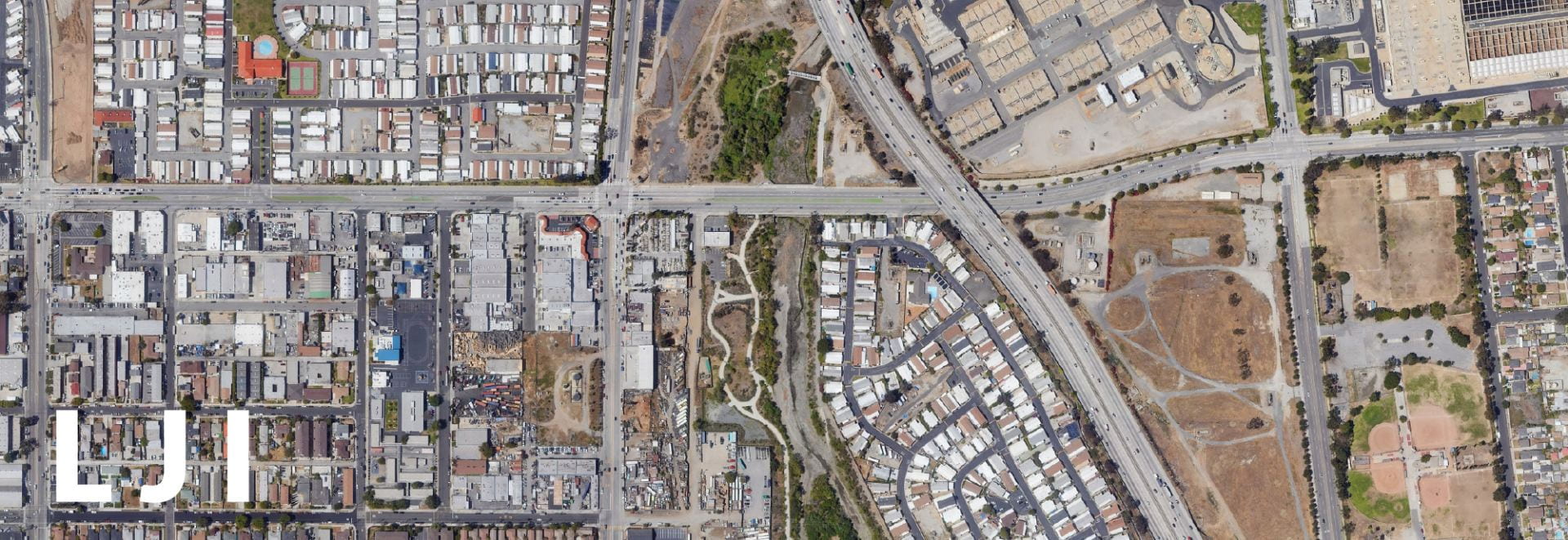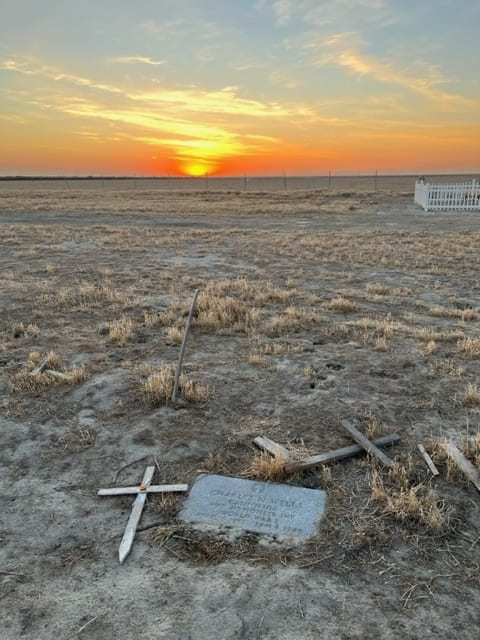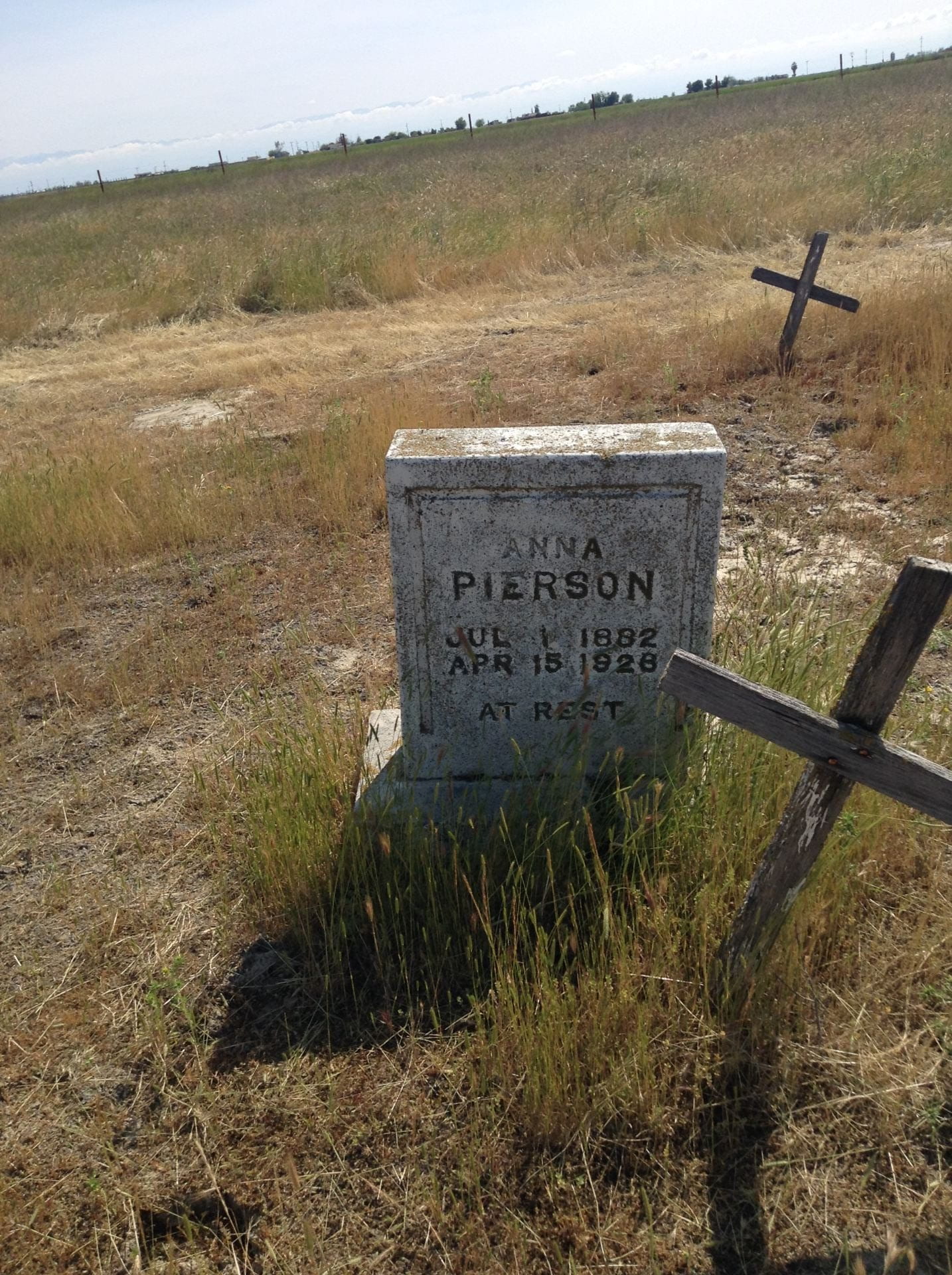Partners: Sherry Hunter; Allensworth Community Services District (ACSD); Allensworth Progressive Association (APA)LJI team: Alison Hirsch, Shuyi Zhang (MLA’25), Kavya Gudihal (MLA ’25), Sarina Vega (MLA ’25), Mark Reid (MLA ’25),
Supported by USC School of Architecture’s Grant & Shaya Kirkpatrick Landscape Architecture + Urbanism Leadership Fund |
ALLENSWORTH CEMETERY Part of the work LJI is doing with the historic community of Allensworth is a partnership with the Allensworth Community Services District (ACSD) to ensure the protection of the historic Allensworth cemetery and oversee the development of an active community cemetery to its south to continue to see residents of this important place buried in the same soils as the town’s founders and descendants. The ACSD is a public agency that oversees the allocation of utilities to the unincorporated community, with the most dire focus on providing potable water to its residents. It has been granted the oversight of the cemetery but with no resources to ensure its urgent need for its protection, documentation and preservation, as well as access and connection to the living community of Allensworth and the Colonel Allensworth State Historic Park. LJI is working with Sherry Hunter, the President of the Board of Directors of the ACSD, on resource-seeking, preservation, documentation, interpretation and connections to the historic cemetery, as well as the early design of the community cemetery. BACKGROUND Allensworth, today a rural hamlet of approx. 600 people in Tulare County and CA’s San Joaquin Valley, contains both a living town and an adjacent CA State Park. Colonel Allensworth State Historic Park memorializes the original town of Allensworth founded in 1908 by retired Lt. Colonel Allen Allensworth, who escaped slavery and went on to become the highest-ranking African American military man of his time. Allensworth is the first town in California to have been founded, financed, and governed by African Americans. At its height, Allensworth was also a unique social center for Black Californians. Unfortunately, discriminatory practices led to a series of setbacks that reversed progress, including the rerouting of the Santa Fe Railroad rail spur to another community and a broken water company contract with the Pacific Farming Company. Today, the town is designated a “disadvantaged unincorporated community” and struggles to meet basic needs of its Black and Brown residents. Despite its challenges, the Park and town that persist remain a testament to America’s Black culture and the Colonel’s vision for a thriving community. ABOUT THE HISTORIC CEMETERY The Allensworth Historical Cemetery lies 1.5 miles outside Allensworth State Historic Park bounds, leaving it vulnerable to profound threats such as tractors and ATVs driving over the graves, and cattle grazing and herding through the site. Only a portion of the historic townsite was preserved as a State Historic Park, leaving much of the living town and the historic cemetery outside the state’s protection. Established in 1918 as a five-acre plot, the Cemetery is believed to contain at least 60 burials dating from 1911 and includes many of Allensworth’s original settlers. In 2020, the Allensworth Community Services District (ACSD) was approved to own and operate the Cemetery but without any resources necessary for its protection. From the 1970s until the mid-1990s, adjacent agricultural operations encroached on cemetery grounds. In addition to direct agricultural cultivation of grains and cotton, current disturbances to the site such as plowing and cattle grazing have desecrated the site and erased the extents of the burial sites. The need for site surveying and planning for protection is thus severely urgent to ensure this sacred site can be preserved as an integral and necessary part of the rich storytelling of Allensworth. COMMUNITY CEMETERY Immediately to the south of the historic cemetery, the ACSD has been approved through a LAFCo process to initiate a community cemetery. LJI team will be working with ACSD and other project partners to design, seek funding and build this important community resource.
|













